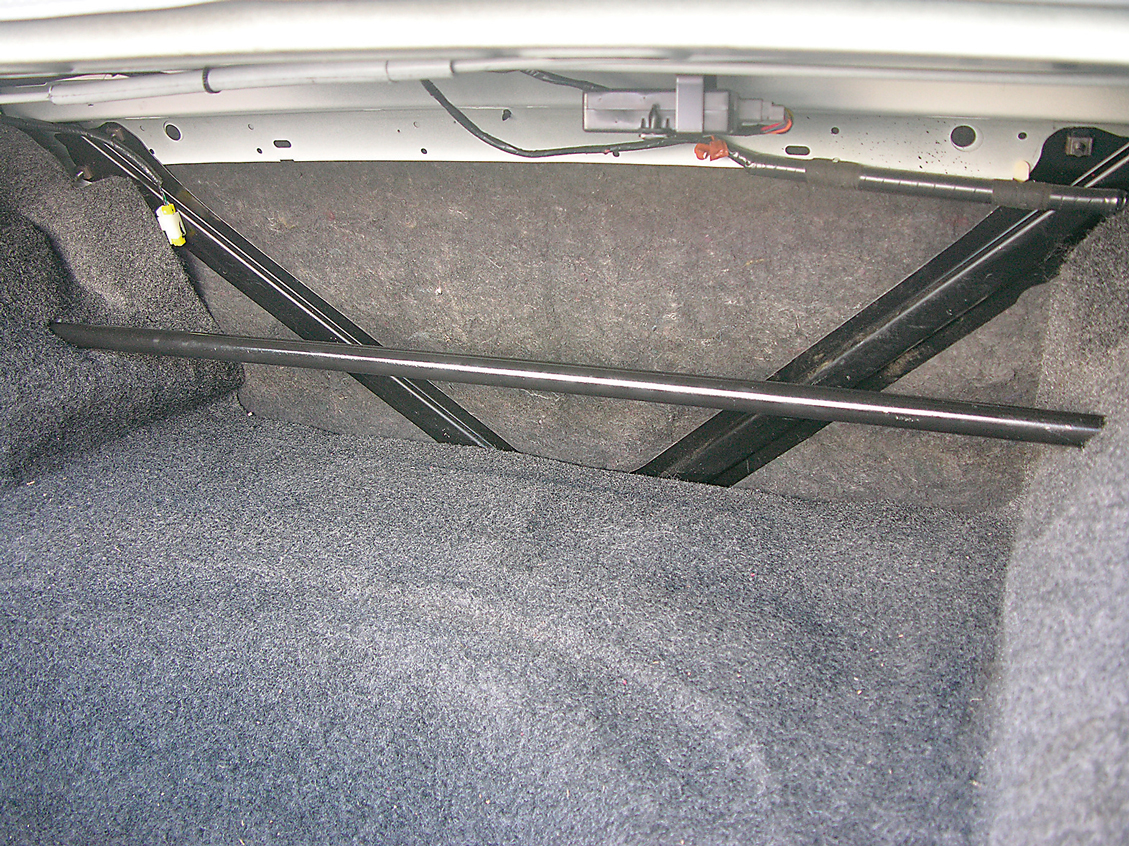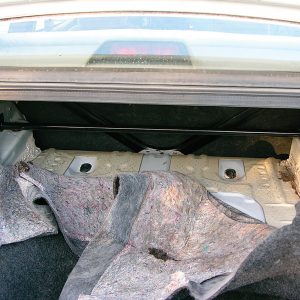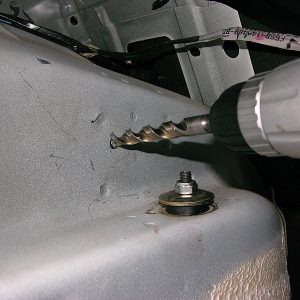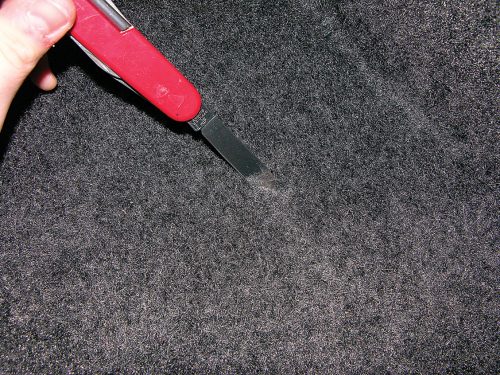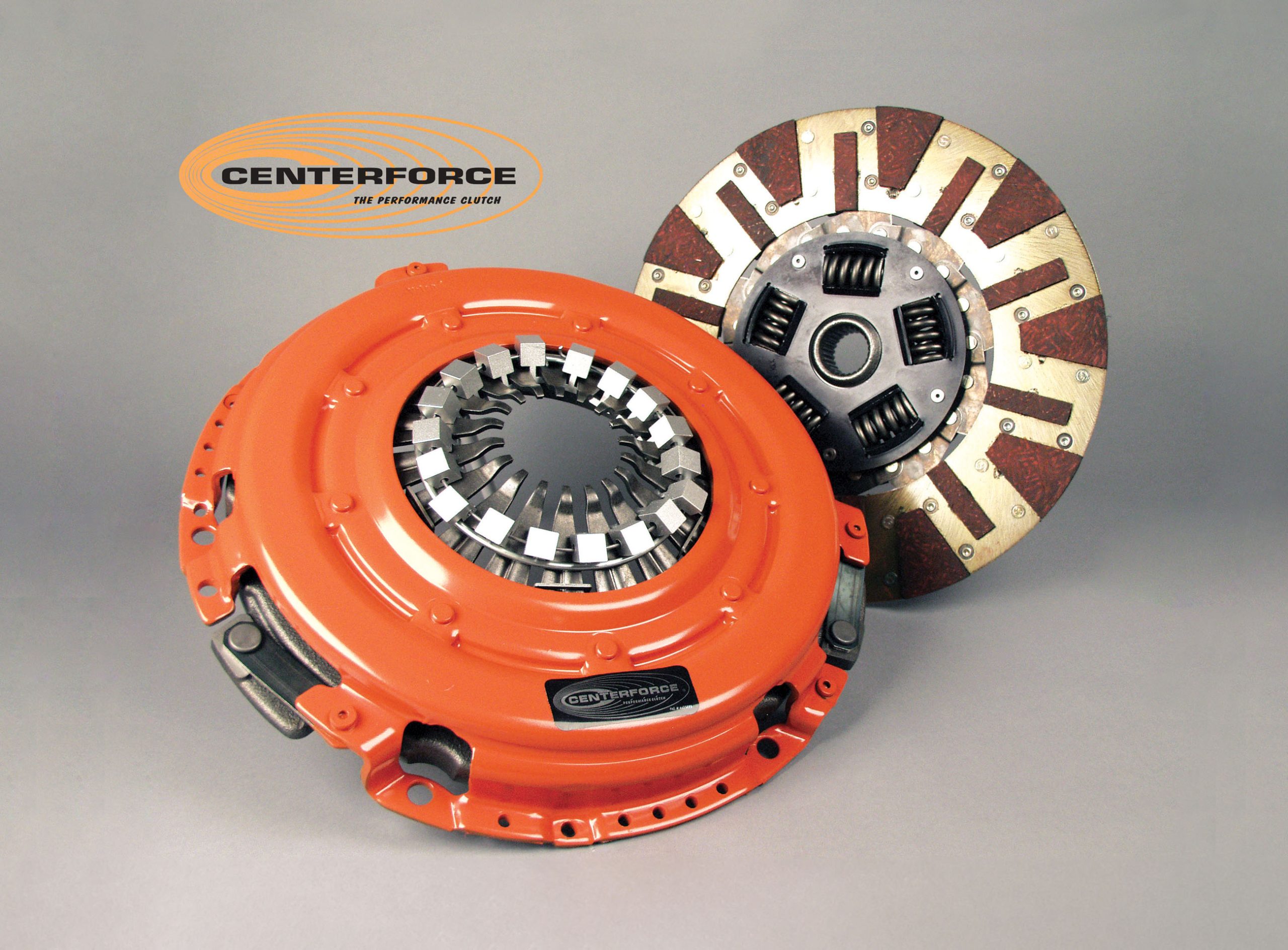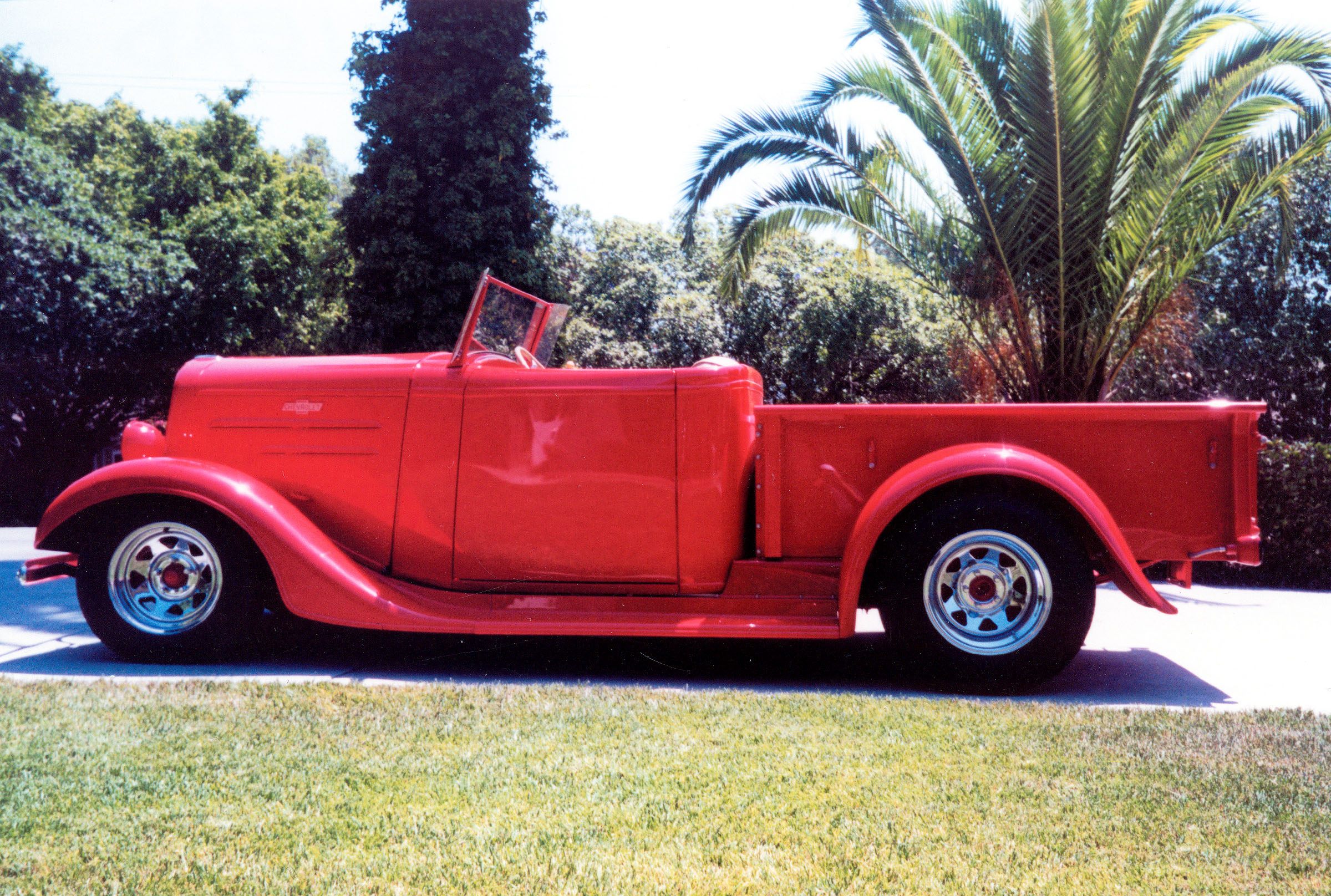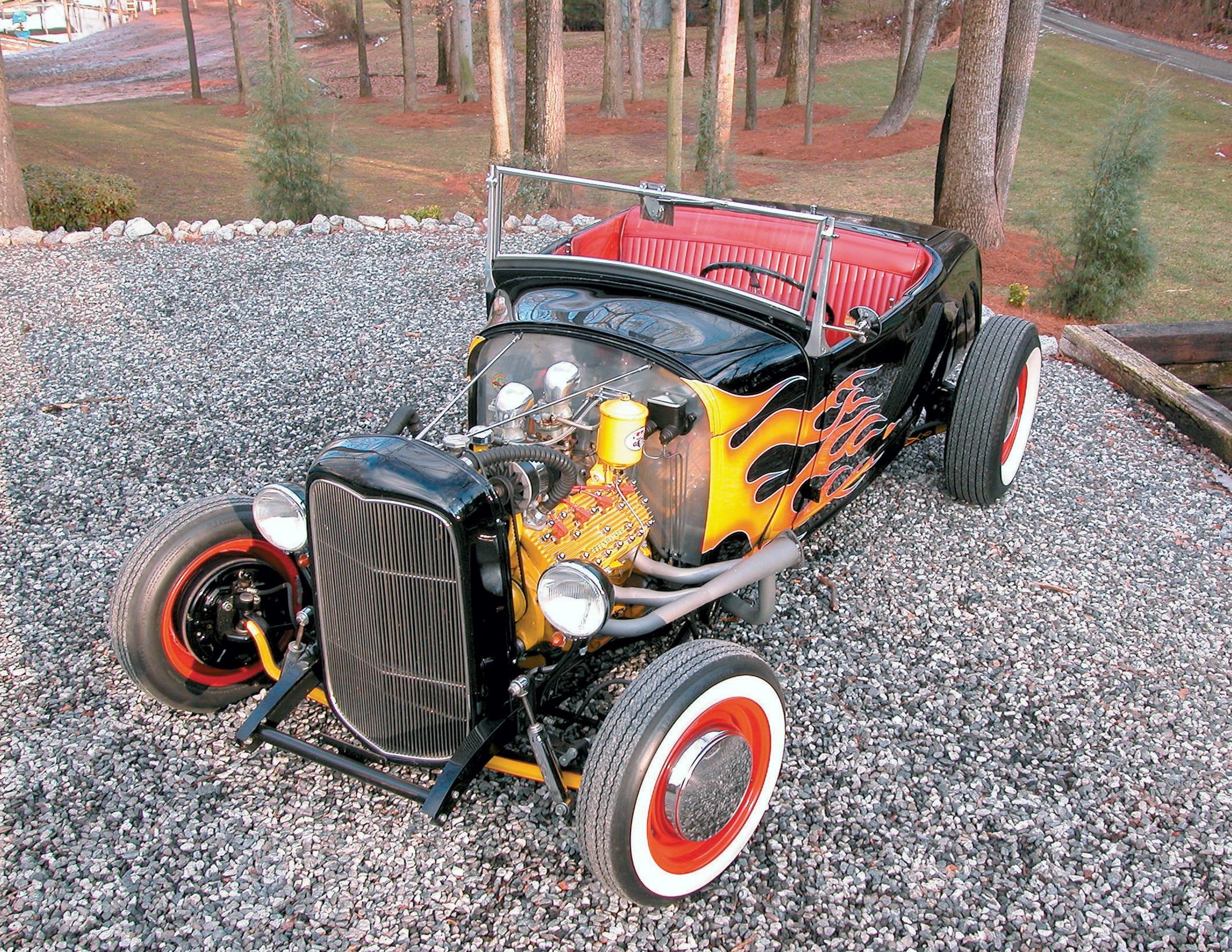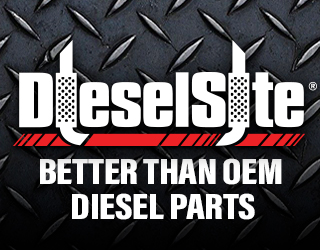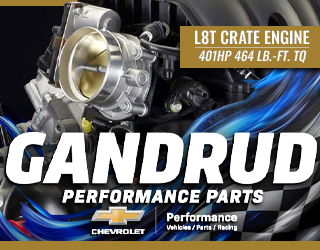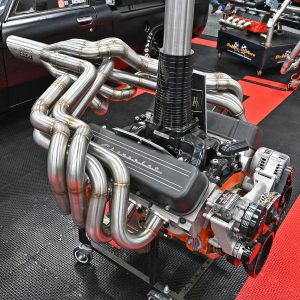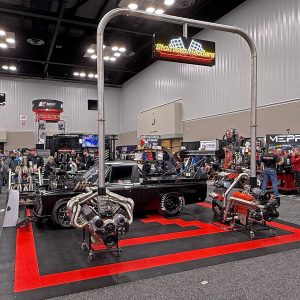Stiffening the Chassis Structure with a Shock Tower Brace

Even more than 40 years ago, Ford understood the importance of preventing body flex in order to allow a suspension to maintain proper geometry. The earliest Mustangs came with front shock tower braces to prevent uncontrollable suspension articulation, caused when both upper ends of the shock towers flex inward. The need to prevent such flex is still important today, and the principle applies to the rear shock towers as well as to the fronts.
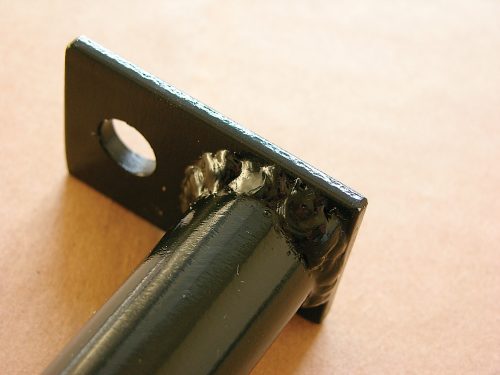
Shock tower braces don’t need to be complex in design to function effectively. In some ways, the simpler the design, the better. By that we mean, a simple straight bar, bolted between the right and left shock towers, will be the strongest design for its weight—and the cheapest and easiest to design and install.
Once you see what we’ve done, you’ll see how easy it can be to apply this principle to just about any car with shock towers that rise above the floor pan. The brace we chose to install is one custom-made for members of the Thunderbird and Cougar Club of America by a member of the same (to get the same bar, contact the builder at stevem88@peoplepc.com). Though we bought ours, any of you who possess the ability to cut tubing and weld it can create a similar design. The result? We lost a little cargo space but gained some body rigidity in return. That’s a trade we’ll make any day.
